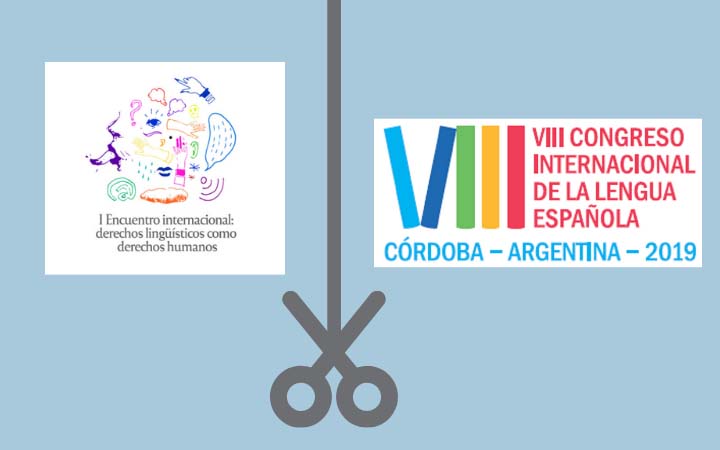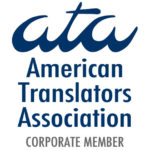From the 27th to the 30th of March 2019, the Argentinian city of Córdoba will see academics, writers and language enthusiasts flock to it for the 8th International Congress of the Spanish Language (VIII Congreso Internacional de la Lengua Española, CILE). Some 250 writers, academics, experts and professionals from all over the world are coming to the city for discussions centered around the theme “Latin America and the future of the Spanish language: Culture and education, technology and business”, debating the future of the language in Latin America and its use and challenges in a changing world.
However, the prestigious CILE, backed by renowned Spanish institutions like the Royal Spanish Academy (RAE) and the Cervantes Institute, isn’t in Córdoba alone. From the 26th to the 29th of March, something of a counter congress is being held by the Faculty of Philosophy and Humanities at the National University of Córdoba, arguing that language is a human right and its development in Latin America doesn’t need the royal backing of Spain or its approval on the “correct” use and course of the language.
The presence of the two congresses not only raises key questions facing the Spanish language, but also society in general and how these changes are reflected in society. This CILE, promoted by the government of Argentina as well as the RAE, ASALE and Cervantes Institute, promises a discussion on the Latin American future of Spanish, the rise of digital technology, the economic value of Spanish, the challenges of cultural industries, linguistic tourism, translation, linguistic fusion, teaching the Spanish language and literature, and the importance of clear legal language, among many other topics. Among the guests present will be the writer María Teresa Andruetto, Nobel prize winner Mario Vargas Llosa, King Felipe VI of Spain and Mauricio Macri, the President of Argentina.
The royal aspect of the CILE and the somewhat authoritarian approaches of the RAE and the Cervantes Institute to the Spanish language, such as stipulating the use of official Castilian forms to be considered “native”, have been interpreted as a little patronizing, and in this spirit the I Encuentro Internacional: Derechos Lingüísticos como Derechos Humanos en Latinoamérica (First International Conference: Language Rights as Human Rights in Latin America) is being held by the National University of Córdoba to argue that the use of the language is a human right, not something to be controlled by Spain with Spain’s approval on defining the language. Spanish should be inclusive of the international nature of the language, varying enormously from place to place. It isn’t just dialects that many believe the likes of CILE overlook in their approach, but also the polemical gender issue in the Spanish language and gender neutrality in a gendered language, such as using the gender-neutral ‘e’ instead of the feminine ‘a’ and masculine ‘o’.
It is around this topic of inclusivity that the interesting issue of censorship also arises: should a language be changed to prevent offence? Should offensive words be removed to make Spanish more inclusive? In essence, the next few days will be filled with debate on issues that affect language and how they mirror issues we see in a rapidly changing society, such as staying up to date in the language, inclusivity and by that token discrimination and to whom does the Spanish language belong if not its half a billion speakers around the world.
VIII Congreso Internacional de la Lengua Española – Program and Activities.













